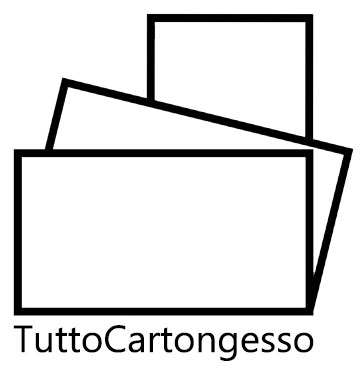Stone cladding
Insert a stone cladding on a wall, enjoy its timeless charm, create unique environments.
Today you can!
And without masonry!
History
Thanks to its territory, Italy has always used stone to build and build.
After the war, with the advent of new building materials (cement first and then reinforced concrete), stone became a coating element for both interiors and exteriors.
Finally, thanks to the technological evolution of the last few years, the stone cladding market has expanded its product offerings and increased its turnover.
Reconstructed stone panels
In fact, for some years now on the market there are already pre-assembled panels in reconstructed stone (that is, "tiles" already ready with the stones attached above), which thanks to the ease of production, have reduced costs and guarantee a quick and suitable installation even for do-it-yourself.
Composition
Composed of a mesh in fiberglass on which stone fragments are applied, these panels are shaped along the edges to fit together with each other and ensure perfect continuity of workmanship.
At the end of the installation, if the work is done in a workmanlike manner, it will be impossible to distinguish the junction points.
Types of stones
There are various types of stones on the market that make up the panels.
Let's see which ones:
1. Natural Stones: there are various types depending on the areas from which they are obtained (marble, travertine, granite, ...) and for this reason there are infinite combinations of colors, sizes, edges, surfaces and shapes.
2. Reconstructed Stones: these stones are nothing more than the realistic reproduction of the natural product. The quality of the production techniques has reached such levels for which it is now almost impossible to distinguish them from the natural product. Composed of concrete, light aggregates and color mixtures, this type of stone also provides infinite combinations of colors, dimensions, edges, surfaces and shapes.
3. Sintered stones: born from the evolution of reconstructed stones, these stones undergo a sintering treatment (mixture of minerals, clays and oxides subjected to temperatures over 1000º) which makes them particularly smooth and suitable also for finishing furniture, tables and kitchen tops.
Prices
Considering all that has been said so far, namely the huge amount of product types and the variety of laying techniques, it is impossible to draw up a price list.
It starts from around € 20 per sq m up to around € 700 per sq m.
Did you need this information?
Share them with anyone you want on social networks.
